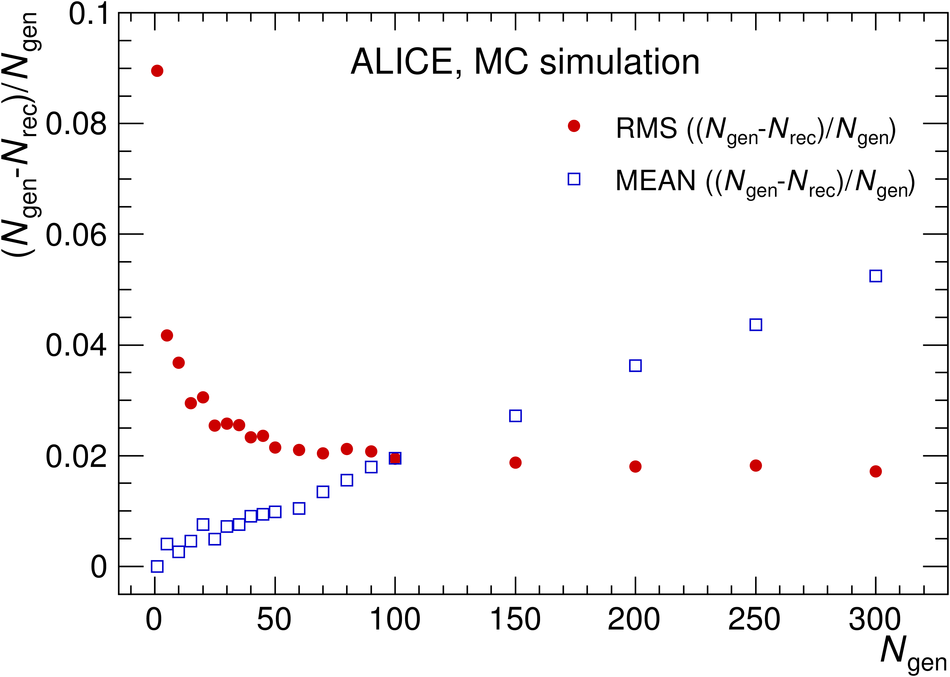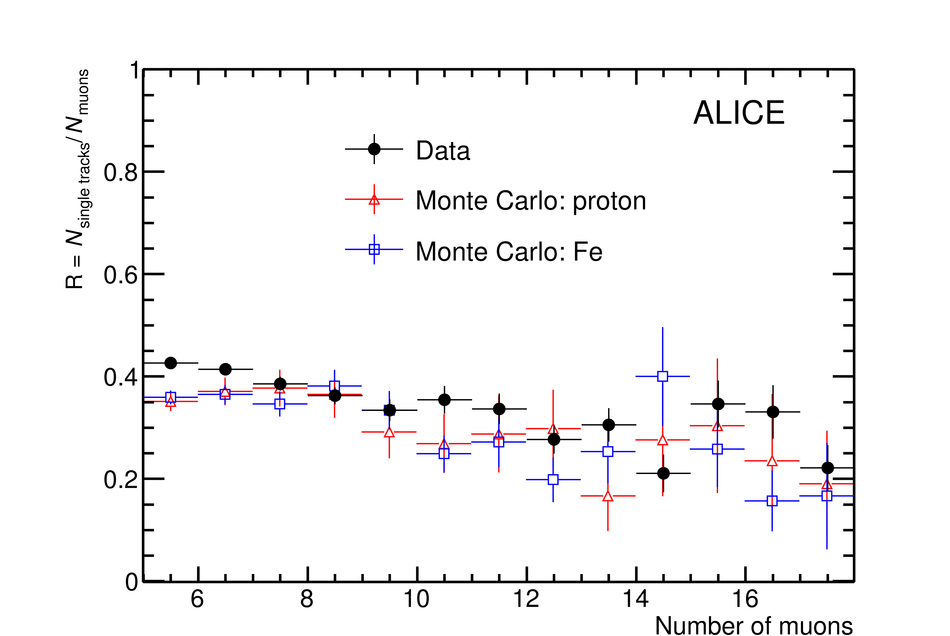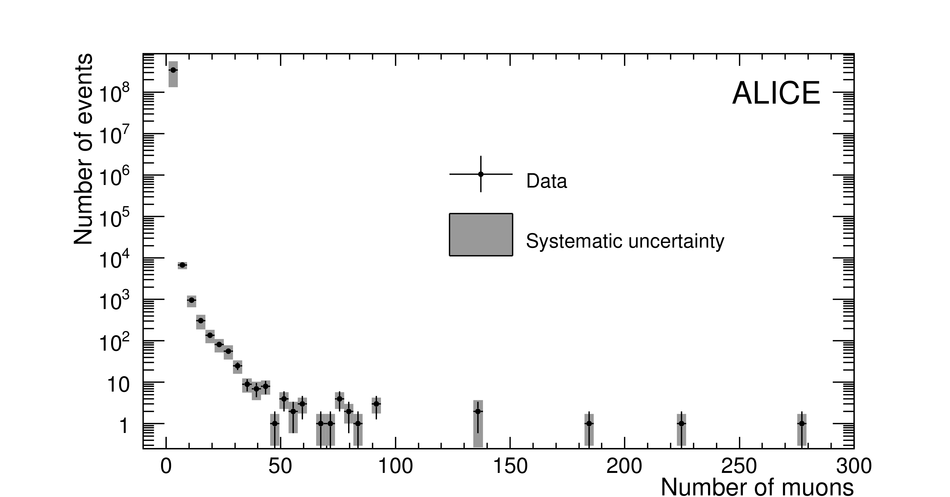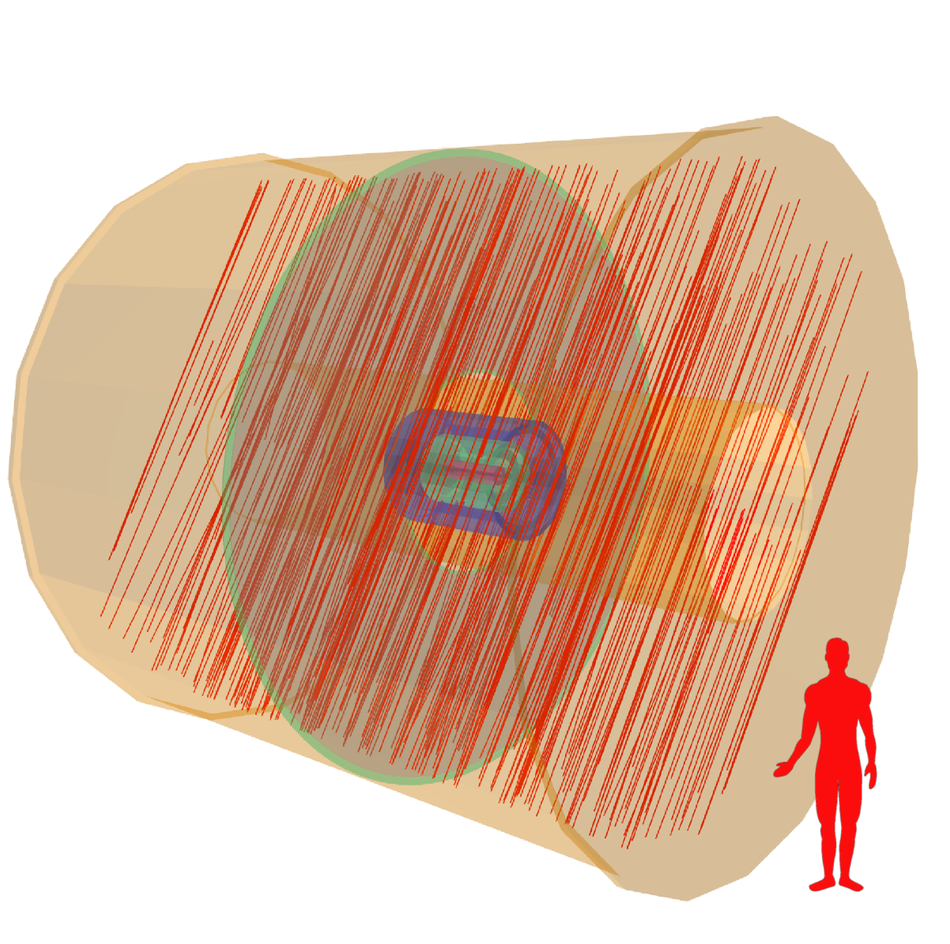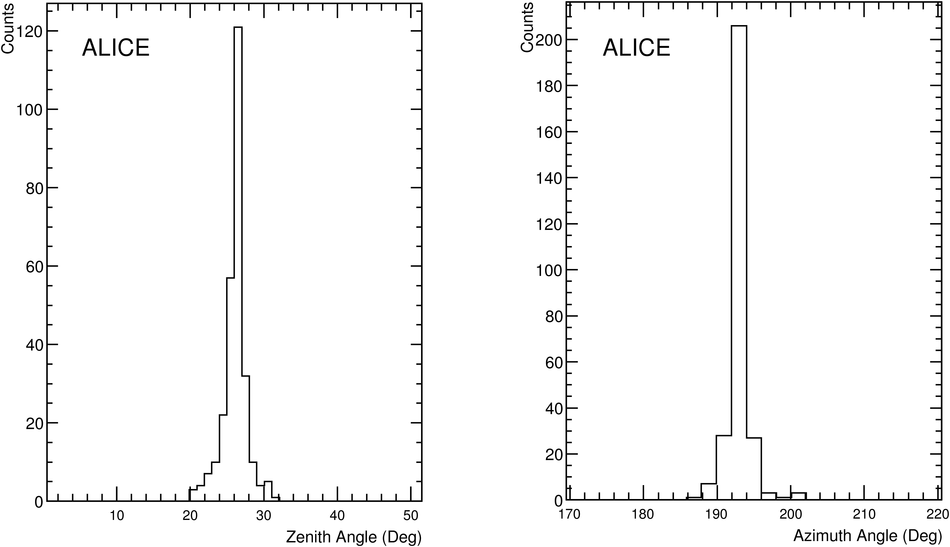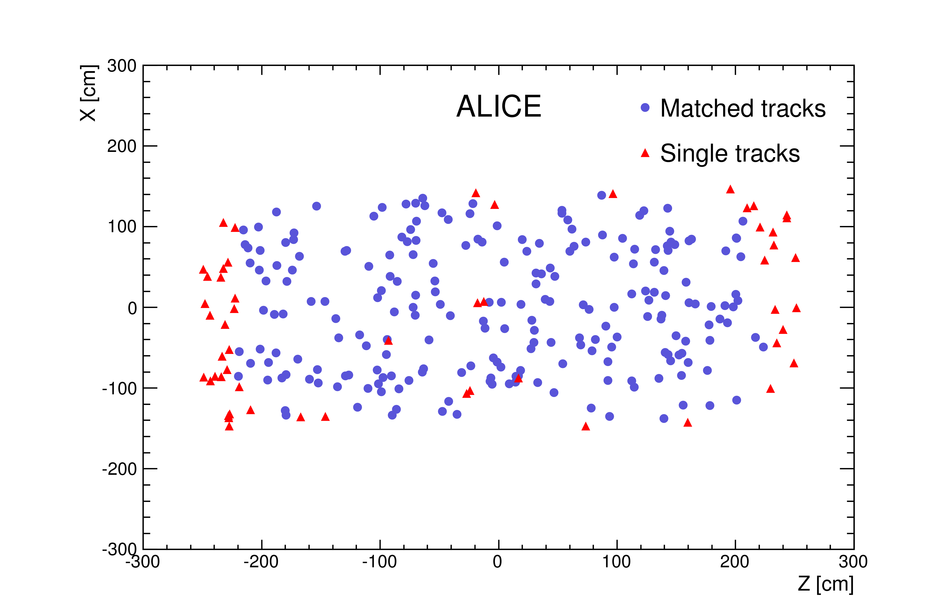ALICE is one of four large experiments at the CERN Large Hadron Collider near Geneva, specially designed to study particle production in ultra-relativistic heavy-ion collisions. Located 52 meters underground with 28 meters of overburden rock, it has also been used to detect muons produced by cosmic ray interactions in the upper atmosphere. In this paper, we present the multiplicity distribution of these atmospheric muons and its comparison with Monte Carlo simulations. This analysis exploits the large size and excellent tracking capability of the ALICE Time Projection Chamber. A special emphasis is given to the study of high multiplicity events containing more than 100 reconstructed muons and corresponding to a muon areal density $\rho_{\mu} > 5.9~$m$^{-2}$. Similar events have been studied in previous underground experiments such as ALEPH and DELPHI at LEP. While these experiments were able to reproduce the measured muon multiplicity distribution with Monte Carlo simulations at low and intermediate multiplicities, their simulations failed to describe the frequency of the highest multiplicity events. In this work we show that the high multiplicity events observed in ALICE stem from primary cosmic rays with energies above $10^{16}$ eV and that the frequency of these events can be successfully described by assuming a heavy mass composition of primary cosmic rays in this energy range. The development of the resulting air showers was simulated using the latest version of QGSJET to model hadronic interactions. This observation places significant constraints on alternative, more exotic, production mechanisms for these events.
JCAP 01 (2016) 032
e-Print: arXiv:1507.07577 | PDF | inSPIRE
CERN-PH-EP-2015-196


